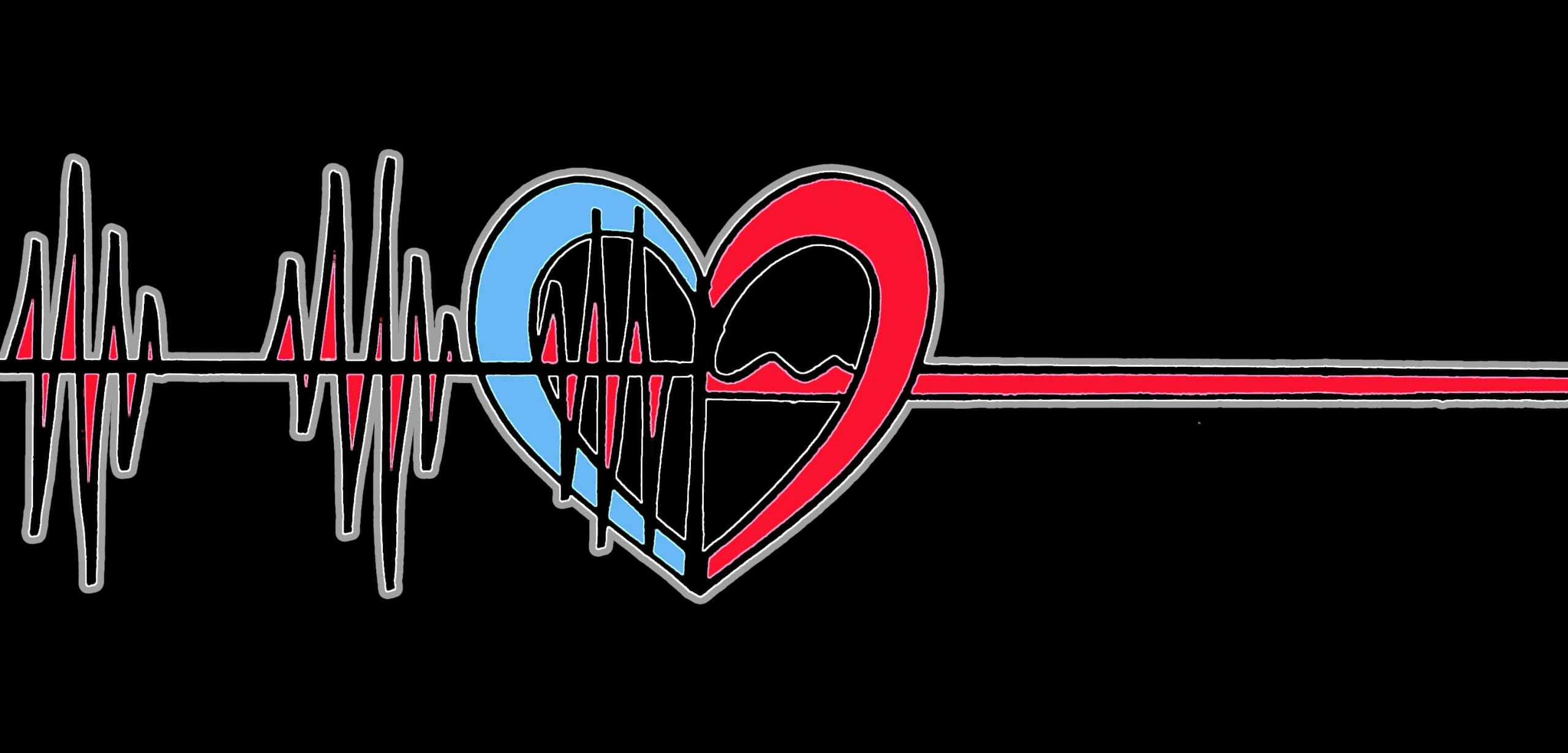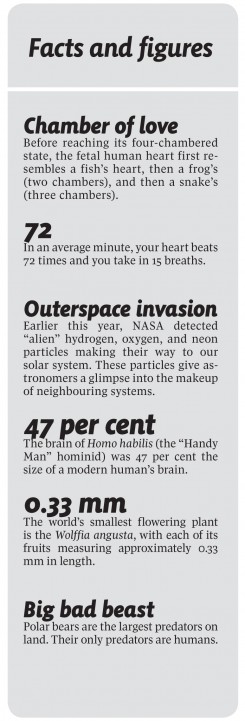The daily lub-dub of our hearts is associated with emotion, whether it’s that desperate beating in your ears brought on by fear or the synchronous heartbeat of two lovers intertwined. The human pulse has served as a symbol in literature and poetry for centuries. William Shakespeare supposedly even wrote his sonnets in iambic pentameter in order to mimic the heart’s constant beating. How could we ever live without such an essential aspect of our lives?
By replacing the heart with a pair of turbines, apparently. Two medical researchers, Bud Frazier and Billy Cohn, working at the Texas Heart Institute, recently invented a device that can continuously pump blood through the body using a mini-propeller. This device, called the HeartMate II, consists of a small turbine designed to move at a constant velocity inside a metal chamber connected to the body’s arteries with Dacron polyester. The HeartMate II was inspired by Archimedes’ screw, an ancient Greek device used to elevate water through its constant rotating motion. First tested in the bodies of over 50 calves, the HeartMate II eventually made its way into human patients as a replacement of the left ventricle that could assist the heart in pumping blood.
The HeartMate II was a giant leap forward from older artificial heart models because it didn’t have as many moving parts. The older models were cumbersome dishwasher-sized machines that the patient had to constantly be hooked up to. These older models also wore down quickly because the moving parts they used to mimic the beating of a natural heart caused a lot of friction. With its revolutionary constant-flow design, the HeartMate II quickly won popularity in the medical community. Its main critics thought that the rapidly-moving turbine would cause damage to the blood itself by shredding cells, but this never happened. It became standard practice to use the HeartMate II as a left-ventricular assist device, and it was implanted into numerous patients, among them former vice president of the United States Dick Cheney.
The HeartMate II was put to the test in November 2003, when a young Central American man came to the Texas Heart Institute with partial heart failure. Doctors installed the HeartMate II to assist his failing heart, and instructed him to return for weekly checkups after his surgery; however, the man barely spoke any English, and disappeared without coming back for an extended period of time. When he eventually returned eight months later, doctors were astonished to find that when they put their stethoscopes to his chest, he had no pulse. The remaining half of his heart had completely stopped working, and the HeartMate II was single-handedly providing blood flow. The patient hadn’t returned earlier because he felt absolutely fine.
It was at this point that the doctors realized that life without a pulse is possible. The HeartMate II won approval by the FDA as a heart replacement in 2008. In March of last year, Craig Lewis became the first patient to have his entire heart surgically replaced by two HeartMate II cylinders. He survived for five weeks before his medical condition caused his liver to fail.
Life has been evolving for millions of years, but never have we seen a mammal living without a pulse. Perhaps humans should use imagination instead of copying nature directly, whether it comes to the design of artificial hearts, or to the creation of flying machines.



